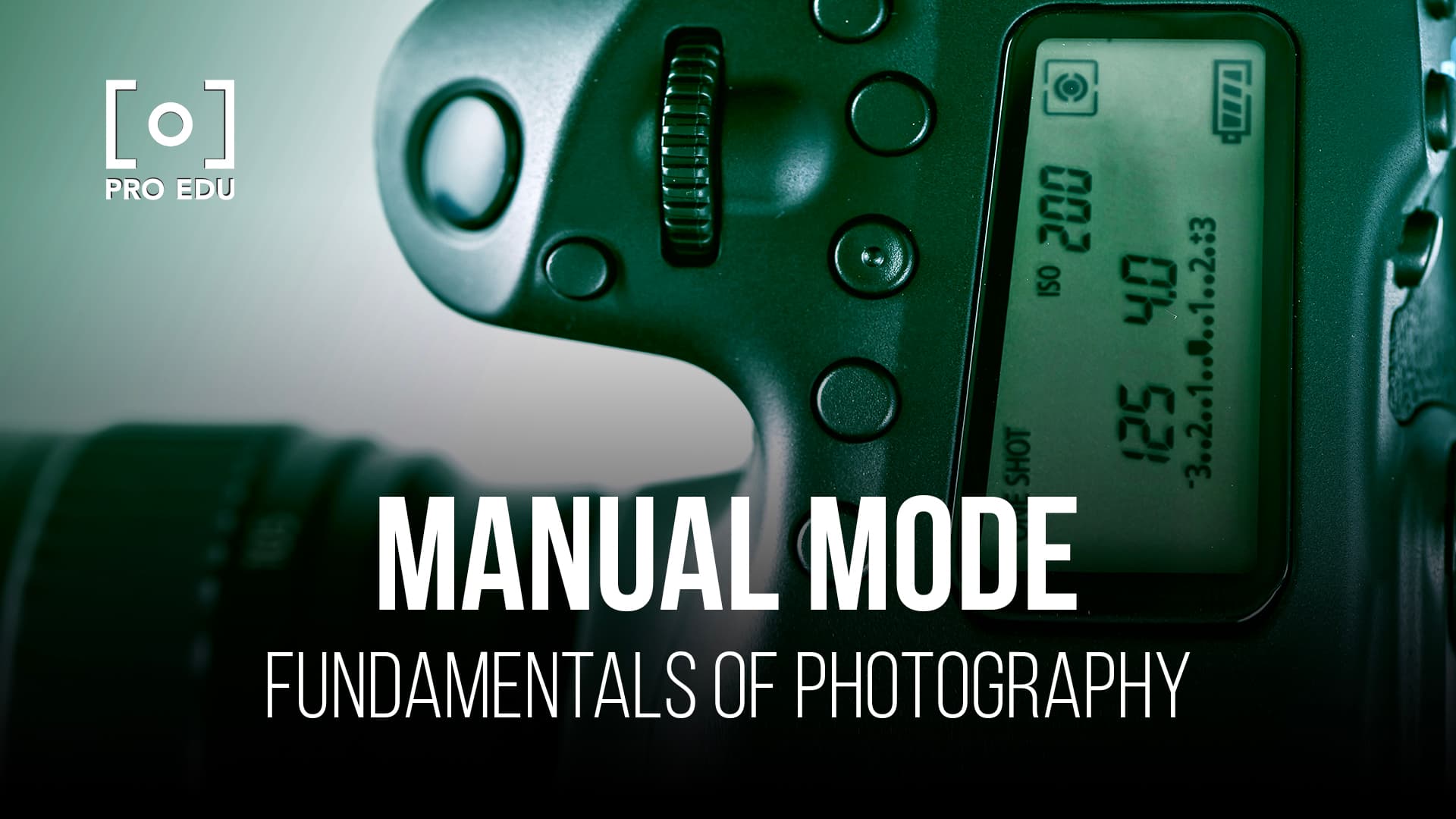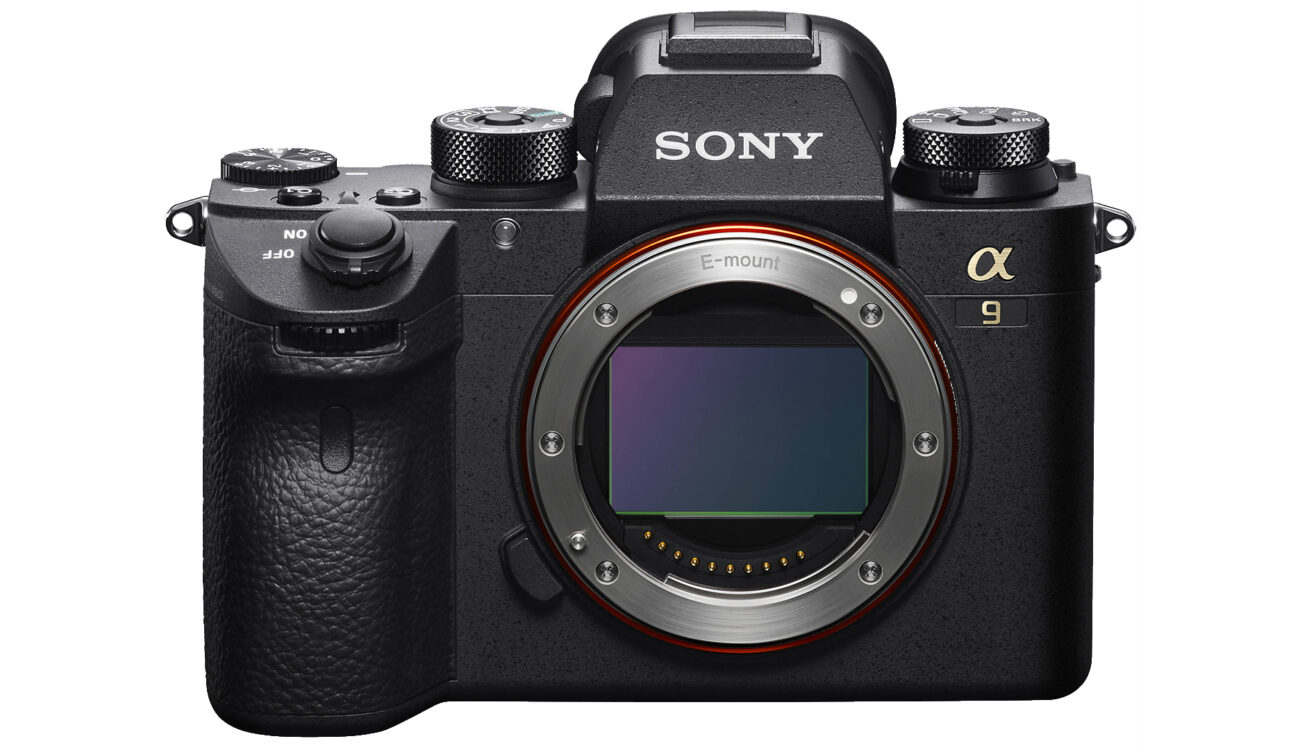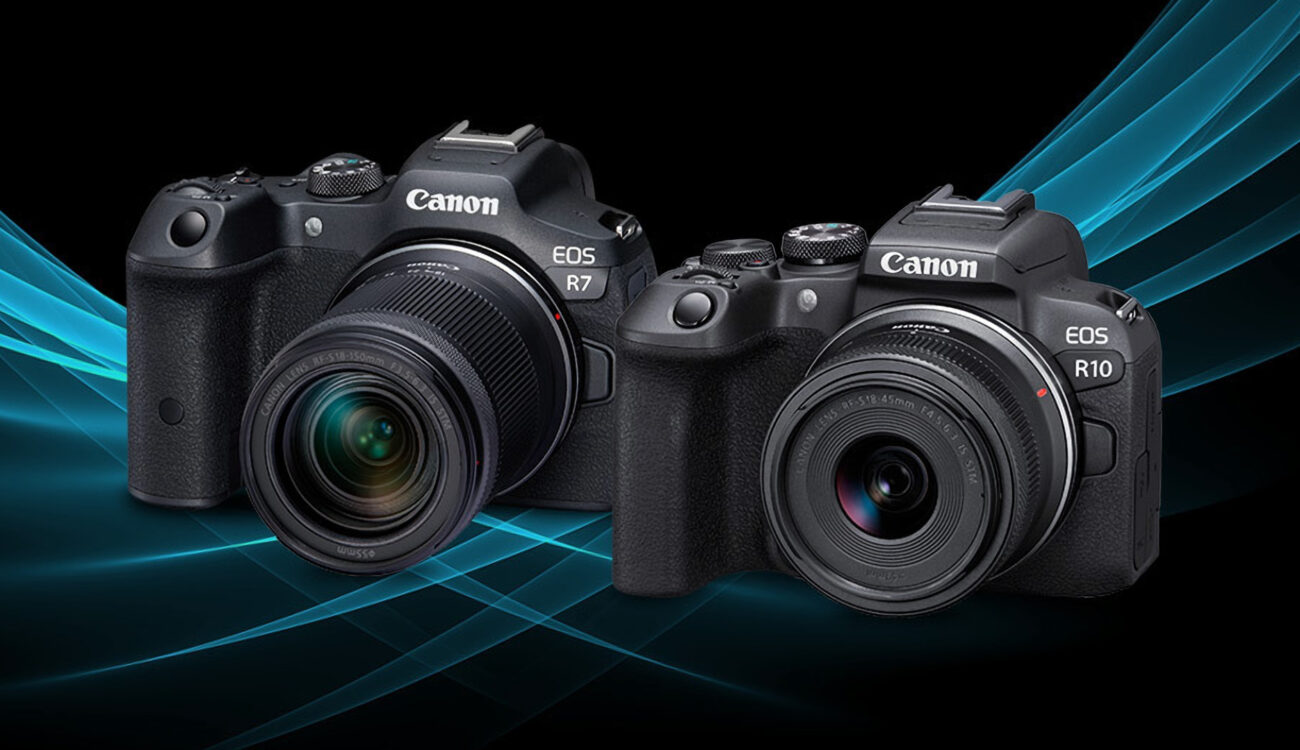Mirrorless cameras are excellent for sports photography due to their high-speed performance and portability. They offer fast autofocus systems ideal for capturing action shots.
Modern mirrorless cameras have revolutionized the realm of sports photography with their compact size and cutting-edge features. Unlike their bulkier DSLR counterparts, mirrorless cameras afford photographers the ability to move more freely, crucial when following fast-paced sports action. These cameras pack advanced image sensors and swift shooting rates, ensuring that photographers never miss a beat of the intense sporting moments.
With features like real-time tracking and eye autofocus, mirrorless cameras empower sports photographers to capture sharp, in-focus images of athletes in motion. As the technology continues to evolve, the gap between mirrorless cameras and traditional sports photography gear continues to narrow, making them a go-to choice for professionals and enthusiasts alike.

Credit: proedu.com
Evolution Of Sports Photography Equipment
The journey of sports photography equipment has seen incredible transformations. From the clunky gear of the past to today’s sleek cameras, each change has brought us closer to capturing the speed and excitement of sports with more clarity and detail.
From Film To Digital: A Quick Retrospective
Sports photography has witnessed a significant shift from film to digital. This transition has allowed photographers to take more shots, see results instantly, and share them quickly. A retrospective look into this evolution reveals:
- Manual Focus to Auto Focus: Cameras evolved to catch fast movements with sharpness.
- Increased Film Speed: Filmmakers improved ISO levels for better shots in varied light conditions.
- Digital Revolution: The switch to digital sensors meant no more film rolls and better photo storage.
Mirrorless Technology Emerges
With the advent of mirrorless cameras, sports photography has leaped forward. Notable perks mirrorless technology offers include:
| Feature | Benefit |
|---|---|
| Lighter Weight | Easier handling during dynamic shoots |
| Faster Shooting Speeds | Freeze action with high frame rates |
| Electronic Viewfinders | Real-time exposure and settings preview |
These advancements mean that mirrorless cameras are well-suited for the demands of sports photography, matching and, in some aspects, surpassing their DSLR counterparts.
Mirrorless Cameras Characteristics
Exploring the world of sports photography reveals the rise of mirrorless cameras. These powerful tools are changing the game. Let’s dive into the features making them a top pick for capturing action.
Size And Weight Advantages
The compact nature of mirrorless cameras gives sports photographers an edge. Lightweight gear means less fatigue and more agile movement. Consider these benefits:
- Easier to handle for long periods.
- Less bulky, allowing for quick position changes.
- More space in your bag for extra lenses or accessories.
Electronic Viewfinder Versus Optical
Mirrorless cameras come with electronic viewfinders (EVFs). Unlike optical viewfinders, EVFs display the image exactly as the sensor captures it. This feature offers several advantages:
- Real-time exposure and color adjustments.
- Access to on-screen shooting information and histograms.
- High refresh rates enable lag-free viewing.
With these characteristics, photographers get accurate previews before taking the shot. This precision is essential for action-packed sports scenes.
| Feature | Advantage |
|---|---|
| Size and Weight | Improved mobility and comfort |
| Electronic Viewfinder | Accurate, real-time image preview |
In sports photography, moments pass in a blink. The innovative features of mirrorless cameras are tailored to keeping you one step ahead, capturing those fleet-footed instants with precision.
Performance Aspects In Sports Photography
Sports photography demands high performance from cameras. Capturing sharp images of fast-moving subjects is essential. Mirrorless cameras, with their advanced features, are gaining popularity among sports photographers. Let’s explore their capabilities.
Autofocus Speed And Accuracy
Fast autofocus is crucial for sports photography. Mirrorless cameras boast rapid autofocus systems. Many use on-sensor phase-detection points. These allow for quick and precise subject tracking. This feature is a game-changer in sports photography.
- Continuous autofocus adjusts to the action instantly.
- Eye-tracking technology keeps sharp focus on athletes.
Burst Rate And Buffer Capacity
A high burst rate lets photographers capture multiple frames per second. This is key to not missing any action.
Mirrorless cameras offer impressive burst rates. Buffer capacity determines how many shots you can take without stopping.
| Model | Burst Rate (fps) | Buffer Capacity |
|---|---|---|
| Camera A | 20 | 100 JPEGs |
| Camera B | 30 | 70 RAWs |
A large buffer lets you shoot longer.
- Check buffer clears quickly, to continue shooting.
- Memory card speed also affects performance.

Credit: www.cined.com
Real-world Usage And Professional Insights
If you’re curious about whether mirrorless cameras hold their own in sports photography, the following insights will illuminate real-world usage by professionals in the field.
Case Studies: Pro Photographers’ Experiences
Professionals are taking mirrorless cameras to the sidelines with impressive results. Let’s delve into their experiences:
- Sarah Chen, a basketball photographer, praises her mirrorless for its rapid autofocus and lightweight build.
- David Gomez, known for capturing soccer, values the silent shutter for candid shots without disturbing players.
- Emily Park reports that her switch to mirrorless was game-changing for endurance sports, highlighting improved battery life and focus tracking.
Adaptation To Different Sports Environments
Mirrorless cameras adapt well to various conditions, offering versatility to sports photographers:
| Sport | Environment | Camera Feature |
|---|---|---|
| Indoor Gymnastics | Low Light | High ISO Performance |
| Water Sports | Wet & Humid | Weather Sealing |
| Mountain Biking | Rugged Terrain | Image Stabilization |
Sports with rapid movement benefit from mirrorless cameras’ continuous shooting modes. For example, track and field photographers can capture the perfect sprint finish.
Comparative Analysis With Dslrs
Choosing the right camera for sports photography can be a game of trade-offs. Traditional DSLRs have been the go-to choice for professionals for years. They offer robust build quality, optical viewfinders, and established lens ecosystems. Mirrorless cameras, however, are shaking up the scene with cutting-edge features. Their lighter weight, advanced autofocus, and high frame rates are attractive. Comparing these two systems is crucial for photographers who need to capture fast action with precision.
Pros And Cons Debated
Mirrorless cameras bring several advantages to sports photography. They are lighter and more compact, making long shooting sessions less strenuous. Their electronic viewfinders provide real-time exposure previews. This is a game-changer in dynamic lighting conditions often seen in sports settings.
- Fast Autofocus Systems: Many mirrorless models boast impressive autofocus tracking abilities.
- High Frame Rates: They can shoot more frames per second (fps) than many DSLRs, critical for capturing peak action.
- Silent Shooting: They offer quiet or silent shooting modes, ideal when noise is a distraction.
On the flip side, DSLRs provide a few significant benefits of their own. Long-lasting battery life ensures they can endure entire sporting events. Their optical viewfinders work without lag, essential for anticipating fast movements.
- Battery Performance: The longer battery life of DSLRs is beneficial for extensive periods of shooting.
- Lens Selection: DSLRs have a vast range of lenses available, built up over many years.
- Weather Sealing: Pro-grade DSLRs are often better sealed against the elements.
The Future Of Sports Photography Gear
The evolution of camera technology is relentless. Mirrorless cameras are on a trajectory to dominate sports photography. Brands are investing in developing faster, more reliable autofocus systems and enhancing battery life. They are focusing on creating specialized lenses to match the performance demands of professional sports photographers.
Manufacturers are pushing the envelope with mirrorless camera innovations. High-resolution sensors are becoming standard. In-body stabilization helps combat camera shake at long focal lengths. These features point to a mirrorless future in sports photography.
Despite the advancements, gear choice will largely depend on personal preference and specific shooting scenarios. Understanding the strengths of each system will guide photographers to better results in capturing the thrill of sports.

Credit: www.cined.com
Making The Choice: Mirrorless For Your Needs
Mirrorless cameras are storming the market, enticing sports photographers with their compact size, reduced weight, and advanced features. Unlike traditional DSLRs, these innovative gadgets offer a blend of portability and performance. But are they the right choice for capturing the thrill of the stadium or the action on the track? It’s time to explore what they offer to your sports photography pursuits.
Factors to Consider Before SwitchingFactors To Consider Before Switching
Before embracing mirrorless technology for sports photography, ponder these critical aspects:
- Autofocus speed: Crucial for tracking fast movements without missing a beat.
- Frame rate: Determines how quick a camera captures consecutive shots – vital for action-packed scenes.
- Battery life: Mirrorless cameras traditionally lag here, so consider extra batteries for long games.
- Lens selection: Make sure you have access to high-quality lenses suited to sports photography.
- Weather sealing: A must-have for shooting in various outdoor conditions.
Recommended Gear For Aspiring Sports Photographers
For those ready to jump into sports photography with a mirrorless camera, here’s a quick list of recommended gear:
| Camera Model | Lens | Additional Gear |
|---|---|---|
| Sony Alpha a9 II | 70-200mm f/2.8 | Extra batteries, Memory cards |
| Canon EOS R5 | 100-500mm f/4.5-7.1L | Monopod, Weatherproof case |
| Nikon Z9 | 120-300mm f/2.8E | Gimbal head, Lens hood |
Frequently Asked Questions On Are Mirrorless Cameras Good For Sports Photography?
Do Sports Photographers Use Mirrorless Cameras?
Yes, many sports photographers opt for mirrorless cameras due to their lightweight design, fast shooting speeds, and real-time previews.
Is Dslr Better Than Mirrorless For Sports Photography?
DSLR cameras often excel in sports photography due to their fast autofocus and longer battery life. Mirrorless cameras are catching up but may still lag slightly in continuous shooting scenarios. It’s best to consider the latest models and their specific performance for sports.
Which Type Of Camera Is Best For Sports Photography?
The best camera type for sports photography is a DSLR or a mirrorless camera with fast autofocus and continuous shooting capabilities.
Do Professional Photographers Use Mirrorless Cameras?
Yes, many professional photographers use mirrorless cameras for their compact size, lighter weight, and advanced imaging capabilities. These cameras offer high-quality photos and versatility in various shooting conditions.
Conclusion
Wrapping up, mirrorless cameras offer an impressive suite of features for sports photography. Their fast autofocus, high frame rates, and lightweight builds make them a top choice for capturing action shots. Whether you’re a budding enthusiast or a seasoned pro, embracing mirrorless technology could elevate your sports imagery to new heights.



